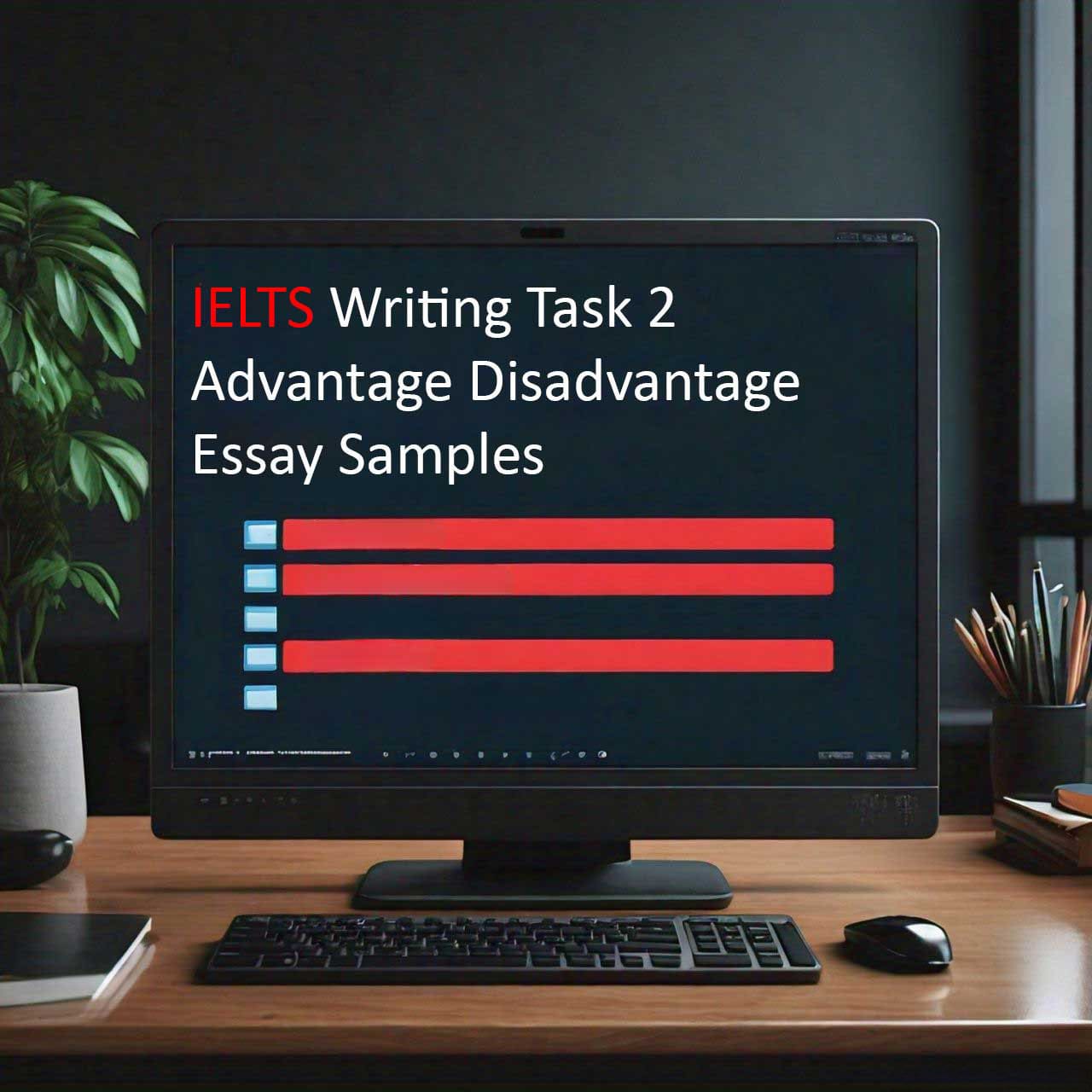In the IELTS Writing Task 2, candidates are required to discuss the advantages and disadvantages of a given topic. This type of essay assesses your ability to analyze both sides of an issue, present clear arguments, and provide examples to support your viewpoint. Below, we’ll explore the structure of IELTS Writing Task 2 advantage disadvantage essays, provide sample responses, and offer tips to help you excel in this section of the exam.
Table of Contents
Understanding IELTS Writing Task 2 Advantage Disadvantage Essays
An advantage disadvantage essay in the IELTS context requires you to examine both the positive and negative aspects of a particular topic or situation. You may be asked to discuss the benefits and drawbacks of a trend, technology, policy, or social issue. The essay typically consists of an introduction introducing the topic, body paragraphs discussing advantages and disadvantages, and a conclusion summarizing your analysis.
Key Components of an IELTS Writing Task 2 Advantage Disadvantage Essay
1. Introduction: Introduces the topic and states both the advantages and disadvantages to be discussed.
2. Advantages: Presents arguments or reasons supporting the positive aspects of the topic.
3. Disadvantages: Discusses arguments or reasons highlighting the negative aspects or drawbacks.
4. Conclusion: Summarizes the advantages and disadvantages, often including a balanced perspective or your opinion.
Now, let’s look at some sample prompts and corresponding responses for IELTS Writing Task 2 advantage disadvantage essays:
Sample Advantage Disadvantage Essay Samples
Prompt: Some people believe that technology has made our lives more convenient. Others argue that it has led to a decrease in personal interaction. Discuss both views and give your opinion.
Sample Response:
The impact of technology on our lives is a topic of ongoing debate, with proponents and critics presenting contrasting perspectives on its effects.
Advocates of technology argue that it has revolutionized daily living by enhancing convenience and efficiency. Modern technological advancements such as smartphones, social media, and digital communication platforms have streamlined tasks, facilitated global connectivity, and expanded access to information and resources.
However, critics argue that excessive reliance on technology has contributed to a decline in face-to-face interactions and interpersonal relationships. The prevalence of virtual communication has replaced meaningful personal interactions, leading to social isolation, mental health issues, and a loss of empathy and social skills.
In my opinion, while technology offers undeniable benefits in terms of convenience and connectivity, it is essential to strike a balance between digital engagement and real-world interactions. Embracing technology for its practical advantages while prioritizing face-to-face communication and social interaction can foster healthier relationships and societal well-being.
In conclusion, while technology has transformed modern life in positive ways, mitigating its adverse effects on interpersonal relationships requires conscious effort and moderation in its use.
Prompt: Discuss the advantages and disadvantages of studying abroad.
Sample Response:
Studying abroad offers numerous advantages and disadvantages, making it a complex decision for many prospective students.
One of the primary advantages of studying abroad is exposure to diverse cultures and perspectives, fostering cross-cultural understanding and global awareness. Students gain valuable international experience, language proficiency, and intercultural communication skills, which are increasingly valued in a globalized economy.
However, studying abroad may present challenges such as homesickness, cultural adaptation, and language barriers. Adjusting to a new academic environment and social norms can be daunting for some students, affecting their overall well-being and academic performance.
Despite these challenges, the benefits of studying abroad outweigh the drawbacks for many individuals. It provides opportunities for personal growth, independence, and career advancement through expanded networks and international credentials.
In conclusion, while studying abroad presents challenges, the transformative experiences and lifelong benefits justify the decision for many students seeking personal and professional development on a global scale.
Tips for Excelling in IELTS Writing Task 2 Advantage Disadvantage Essays
1. Analyze the Topic: Clearly identify the advantages and disadvantages of the topic based on the essay prompt.
2. Present Balanced Arguments: Present both sides of the argument objectively, supported by evidence or examples.
3. Evaluate Perspectives: Critically analyze each viewpoint, discussing strengths and weaknesses.
4. Formulate a Clear Opinion: Clearly state your opinion or present a balanced conclusion based on the advantages and disadvantages discussed.
5. Use Formal Language: Utilize academic vocabulary and formal language appropriate for an academic essay, demonstrating clarity and coherence in your arguments.
By practicing with these sample advantage disadvantage essays and following the tips provided, you can enhance your skills in analyzing both sides of an issue and presenting a well-rounded argument for IELTS Writing Task 2. Regular practice, reviewing feedback from teachers or peers, and focusing on improving your coherence and cohesion will help you achieve success in this section of the exam. Best of luck!



